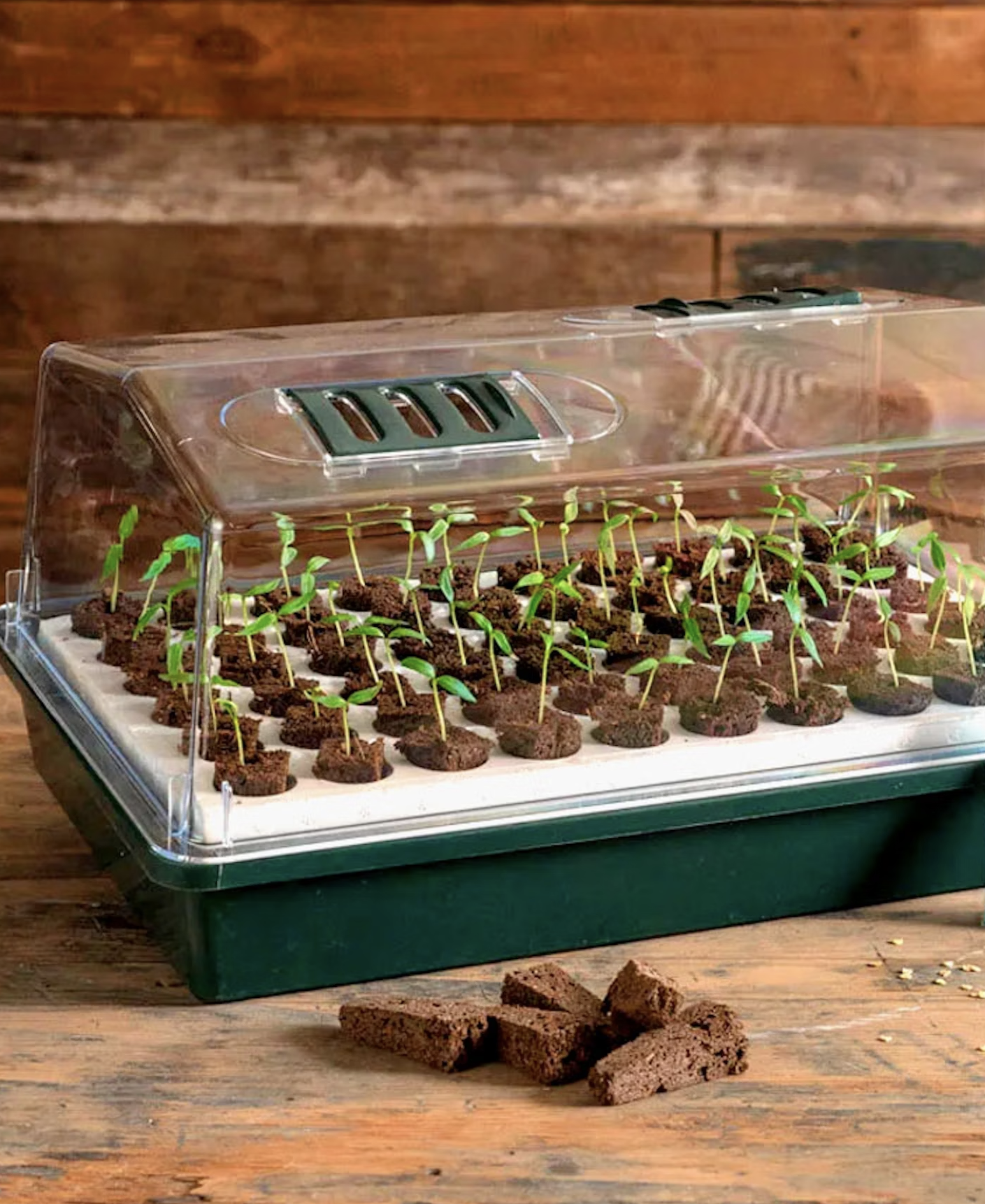Try These 4 Uses For Orange Peels In The Garden & Transform Fruit Scraps Into Plant Pick-Me-Ups
Don’t bin the remains from your orange harvests – you’d be amazed at what you can do with orange peels in the garden, as we reveal some novel and surprisingly effective tips

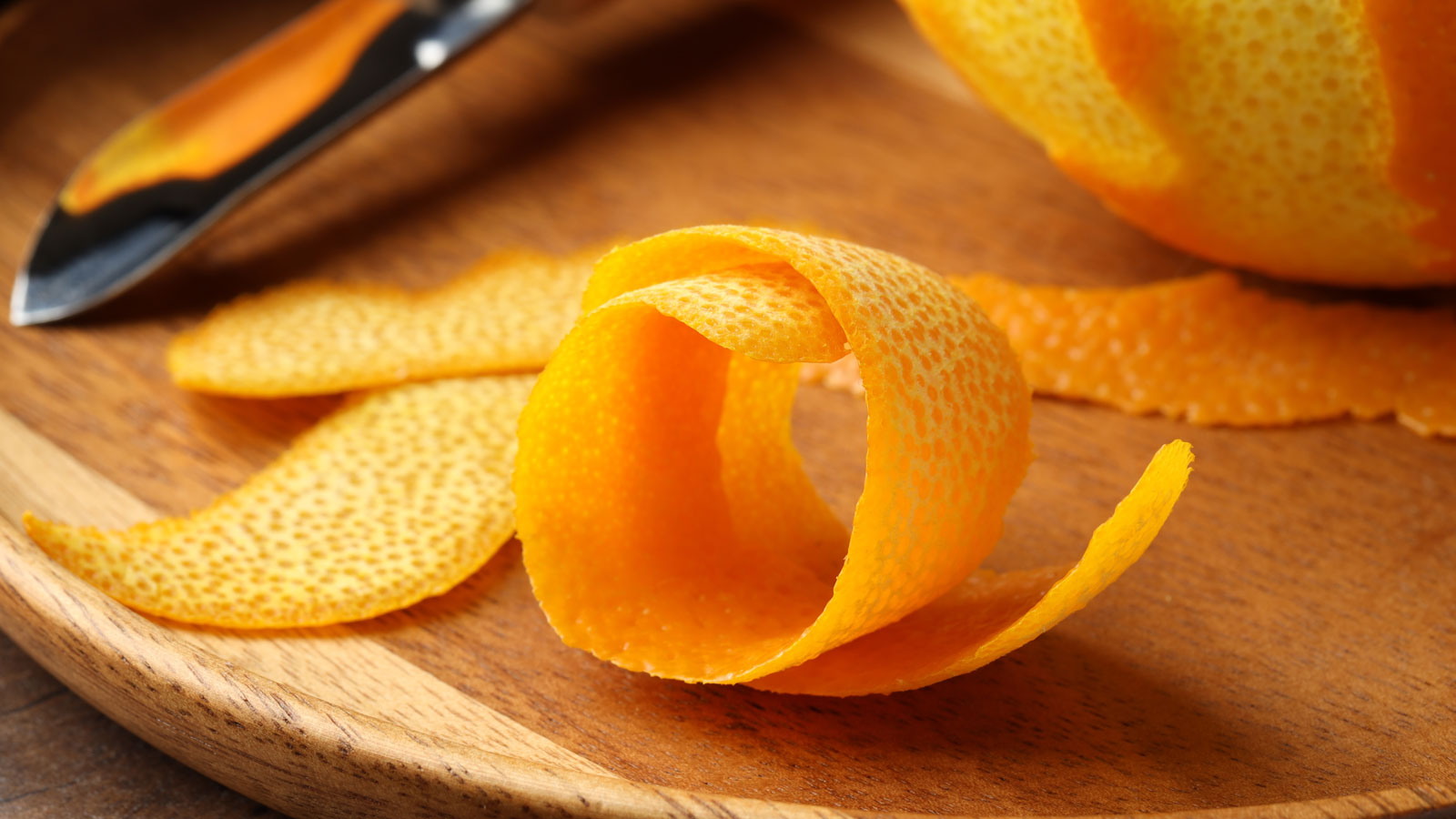
Orange peel might not seem like the most obvious garden savior. And yes, you’ll probably have read a few different tips involving novel ways to dispose of everyday household waste. Perhaps you’ve already tried experimenting with coffee grounds, veggie peel or eggshells?
That’s not to decry any and all such tips – several are worth a try, especially if you care about cultivating an organic garden. But one of the best ways to give your garden plants a boost could already be sitting in your fruit bowl. If you’ve never thought to use orange peels in the garden to help your plants out, now’s your chance to give it a try.
Next time you’re feasting on an orange and find your hands are full of citrussy bits and bobs, don’t just head for the bin. Here are some great ways to repurpose that zingy waste!
How to Use Orange Peels in the Garden
Let’s assume you’ve read a few tips on how a certain kitchen scrap or household item could be The Next Best Thing. And yes, we will often encourage you to give organic ideas like natural home pesticides a try, even if they may seem a little unusual – like trying cayenne pepper to help with garden pests, for instance. But we understand some of these ideas can seem outlandish. And now you’re thinking, how are orange peels good for plants, really?
The more obvious benefits of oranges are specifically to do with the fruits. There are plenty of great options for home-growing your own fresh supplies of vitamin C. You’ll find a few highly adaptable orange tree options at Fast Growing Trees if you are looking to grow an orange from scratch. But even if you just buy oranges from the local store, you can still use the orange peel for plants – if you know how.
Here are some of the most reliable orange peel uses to try. One word of caution: these tips are aimed at acid-loving plants and shouldn’t be applied indiscriminately all over your backyard. That aside, this is your chance to get fresh with a free gift from the fruit bowl. So exactly how useful are orange peels, really? Read on as we reveal four great ways to recycle your orange peels as a novel ingredient for plant pick-me-ups.
1. Add Peel To Soil and Compost
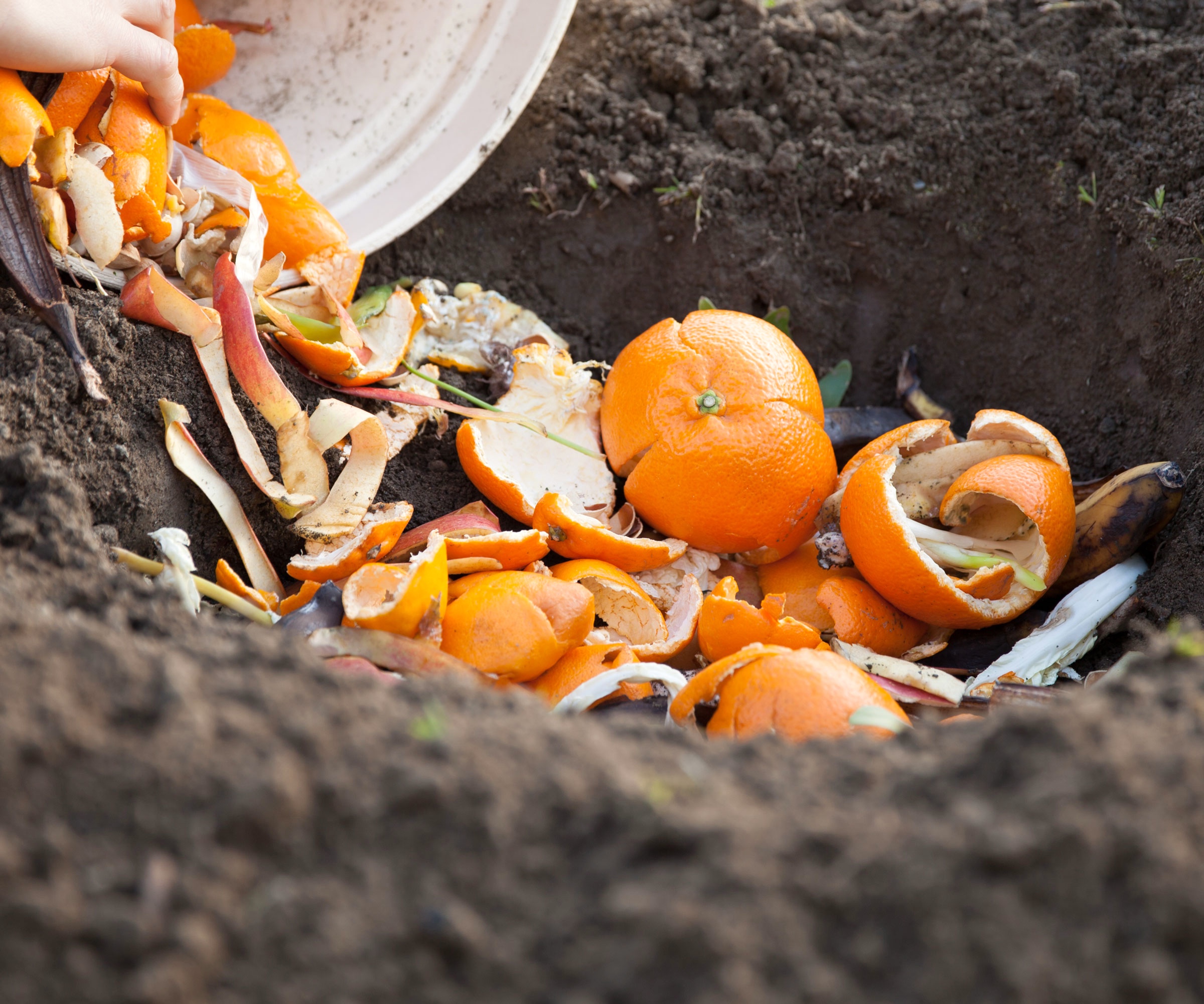
One of the most compelling uses for orange peels is as a boost for soil or compost. Throwing some old orange peels in the soil or in the compost bin gives your plant base a generous extra payload of potassium and phosphorus. Phosphorus is good for new growth, and potassium helps with boosting flowering and fruit set, and assists with drought tolerance.
You just need to think about the type of plants growing near (or in) the ground in question. Oranges are, by their very nature, high in acidic content and should only be added to acid-loving plants like azaleas, rhododendrons, camellias, hydrangeas and blueberries.
While it’s not harmful to add peel directly to the ground, it can be more beneficial to add to your composting bin or other organic home composting methods. Using a home composting unit such as the Reencle Electric Home Composter, available in the Gardening Know How Shop, is a tidy and efficient way to squeeze the most from orange peels for plants.
Using peels in homemade compost is one way to go, but a few chunks of orange peel buried around select (acid-loving) plants does give them the advantage of bulking up soil and providing added water retention, making an interesting organic alternative to mulching.
However, this one is not advised for anyone who dabbles in vermicomposting. Worms aren’t going to be happy about the presence of oranges. As well as struggling with the waxy skins, worms have a natural aversion to acidity and prefer a neutral soil pH. So bear this in mind before incorporating orange skins into your composting process.
2. Make Peel Tea for Plant Food
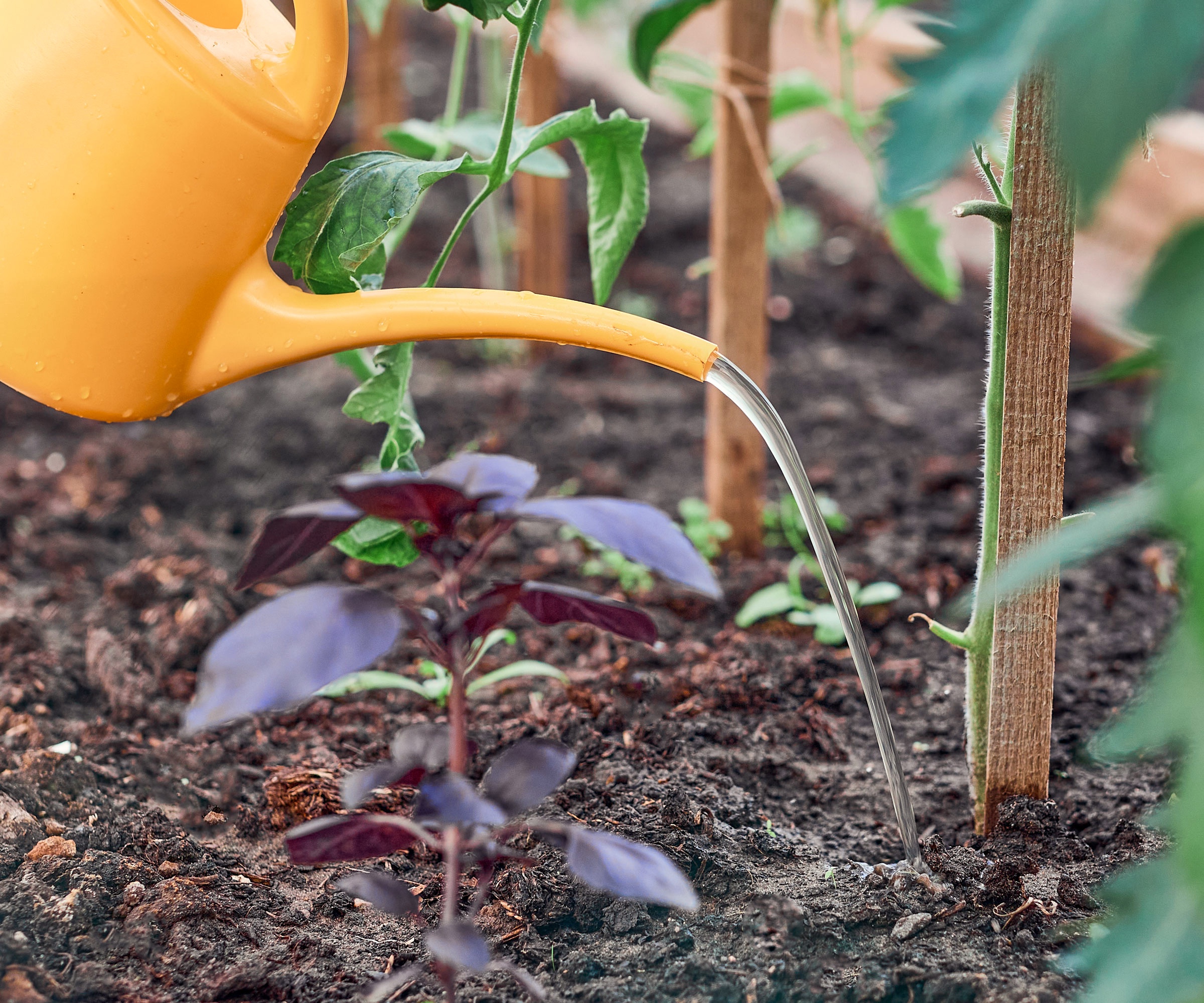
While it might not seem like anyone’s first choice for a brew, these leftover fruity scraps make a divine peel fix to supplement your plant feeding routine in a different kind of tea. Loaded with key nutrients, this tea is a great plant drink. As mentioned above, the orange skin’s nutrient load of phosphorus and potassium is vital for plant growth and development.
To make your orange peel water for plants, boil up some orange skins in hot water, then leave the mixture to steep for a couple of days. Once you are happy with the concentrate, remove and dispose of the skins. This orange peel drink works in the same way as the first tip, but because it is a concentrated solution, you won’t have to wait for the peels to start breaking down before your plants can feel the benefit.
Again, just be aware that you will be lowering the pH of the soil in which your plants are growing. Be sure your plants will benefit from the acid boost as well as the nutrient load that your peel tea delivers. Avoid alkaline lovers like lavender, lilac, viburnum, dianthus and campanula. Depending on the size and number of plants, and the condition of your soil, you can apply this orange peel tea once or twice a month during the growing season.
Sign up for the Gardening Know How newsletter today and receive a free copy of our e-book "How to Grow Delicious Tomatoes".
3. Use Peel as a Pest Deterrent
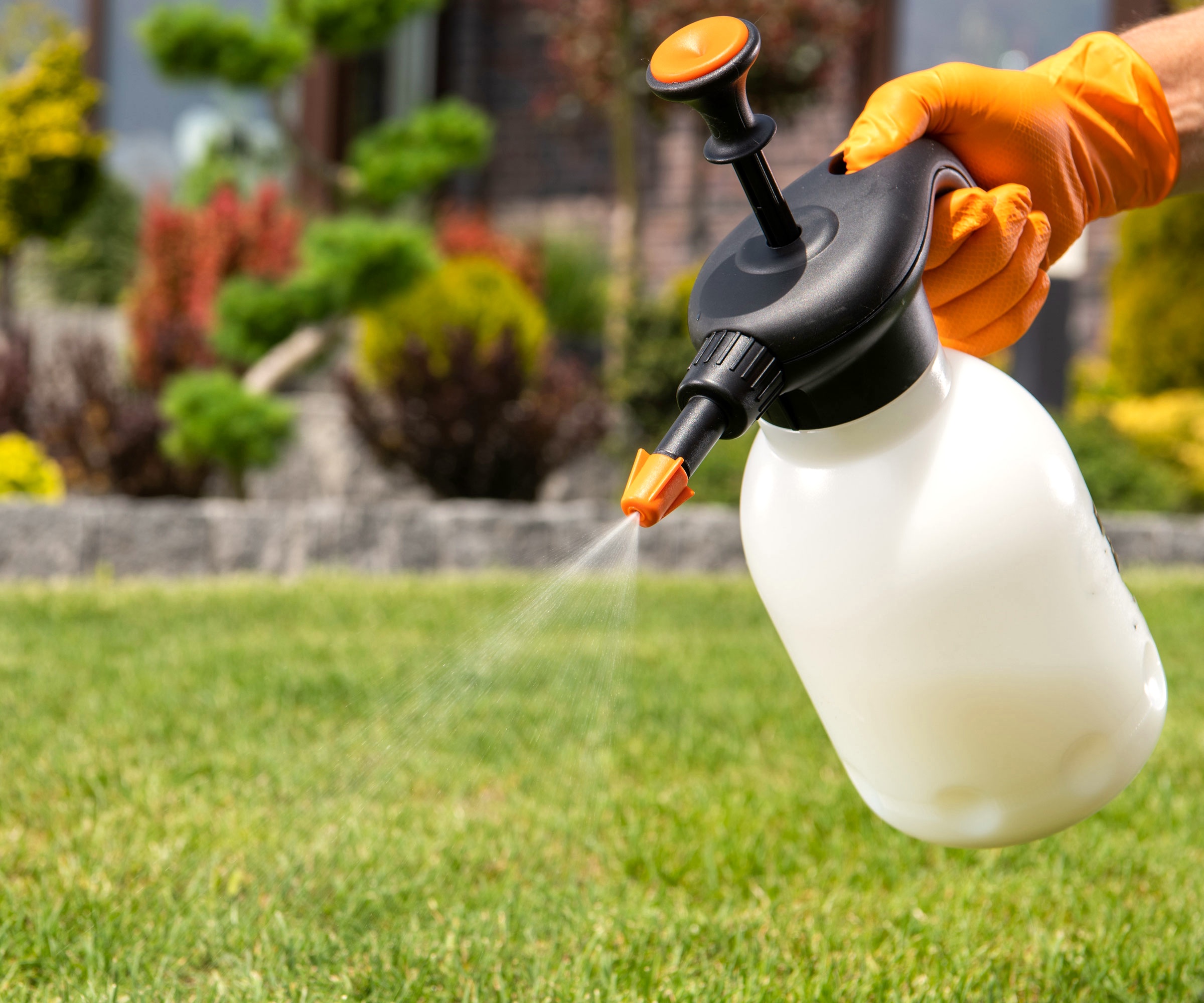
Citrus is a surprisingly effective deterrent for controlling garden pests. Its unique zesty smell is very offputting to the likes of flies and ants. If you’ve ever sniffed a citronella candle, you’ll understand. Peel contains a chemical called linolene, harmless to animals but toxic to pests.
Part of its approach is that it causes disorientation in insects that rely heavily on smells to find favorite plants and crops. So throwing some orange scraps into the mix is a simple yet effective way to throw them off their game. For anyone who cares about organic solutions to common garden problems, there are obviously some great organic options at Amazon, including neem oil sprays and garlic barriers. But orange peels make another great option if you’re after DIY anti-bug sprays – this spray will cost you nothing, and it’s refreshingly simple.
Add some peels to boiling hot water and leave to cool for a clean orange spray. Fill your favorite spray bottle and add every few days to troublesome areas of your yard. If you don’t already have a holder for your spray, there are some great budget-conscious and eco-friendly bottles by LiBa at Amazon for an amber glam twist on your citrus squirting.
This spray is especially effective on slugs, aphids and fruit flies. It’s also fine to use peel chunks in strategic corners of your garden as deterrents. Just be careful to remove all fruit from the peel, so you aren’t inadvertently attracting different pests like rats and racoons.
4. Create Seed Starting Pots
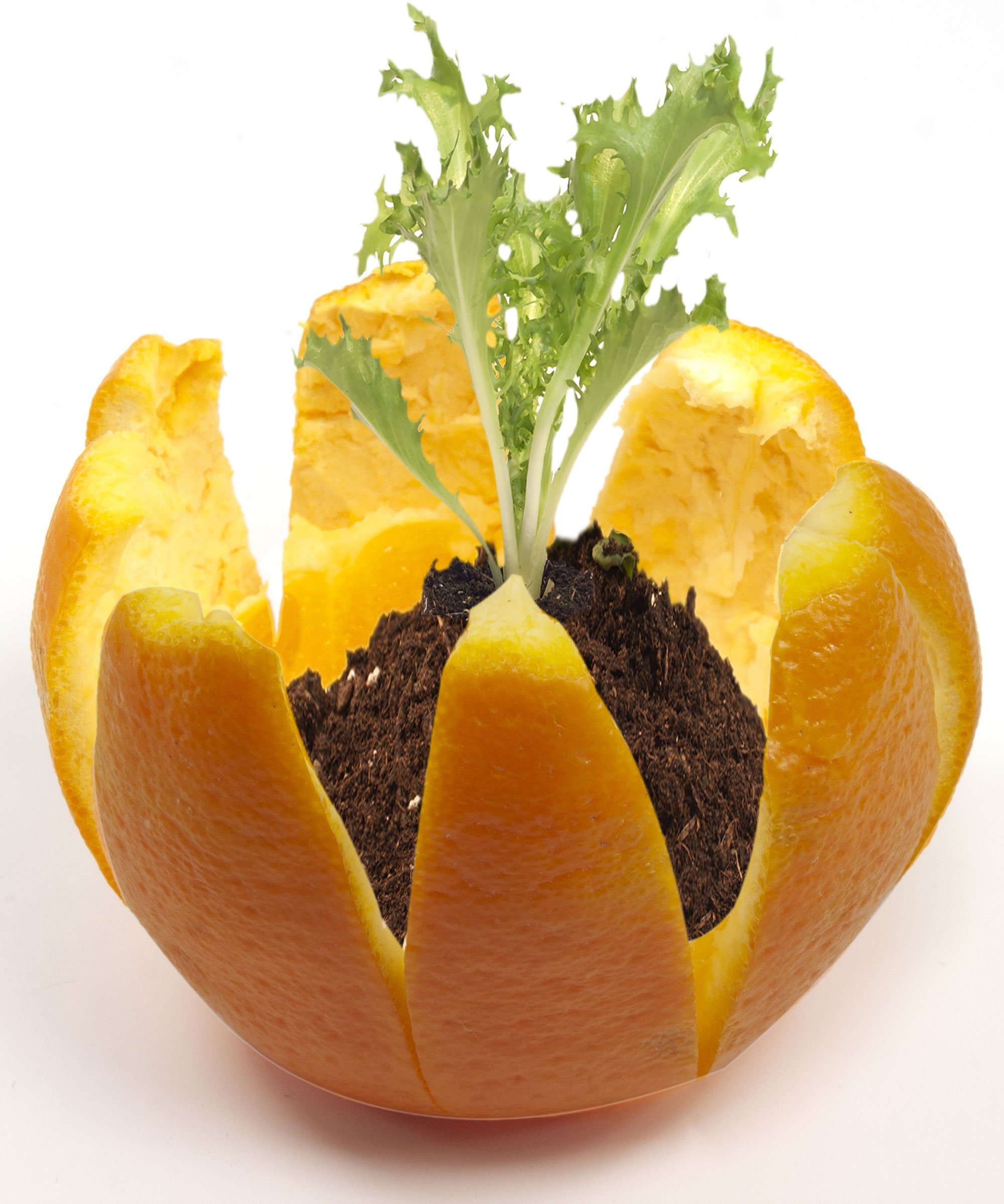
Anyone keen on seed starting will know how expensive it can be to keep adding to the cell trays and miniature pot piles. Any ways to enhance your seed-starting projects with biodegradable options can only be a good thing. Yes, there are plenty of biodegradable planter options at Amazon – but if you’re keen to save as much as possible, this is one of the most creative uses for orange peels in the garden.
Just as it’s possible to use egg cartons to start off many seedlings, you can also recycle your leftover orange skins into novel and highly effective seed holders and seedling containers. For some seedlings, a simple half-circle cut straight across is perfectly usable. However, you could be more creative, with rippled or zigzag cuts – not only do these look fun, they also give emerging seedlings a little extra protection in case of slips or knocks.
Add some DIY seed starting mix or potting soil, and you’re all set. One of the great things about orange slice seed-starter pots is that they degrade in a clean way in a relatively measured time frame. So you can even plant out or pot on your orange slice pots without having to worry about trying to scoop seedlings out of slippery slices.
This article features products available from third party vendors on the Gardening Know How Shop. Keep in mind that our plant inventory is limited - so if you’re thinking of purchasing, don’t wait!

Janey is a former assistant editor of the UK’s oldest gardening magazine, Amateur Gardening, where she worked for five years. For the last few years, she has also been writing and editing content for digital gardening brands GardeningEtc and Homes & Gardens. She’s taken part in a range of conservation and rewilding projects for the Royal Horticultural Society (RHS) and the British Trust for Conservation Volunteers (BTCV) as a way of exploring her horticultural horizons. She is currently undertaking her RHS Level 2 certificate in The Principles of Plant Growth and Development.
